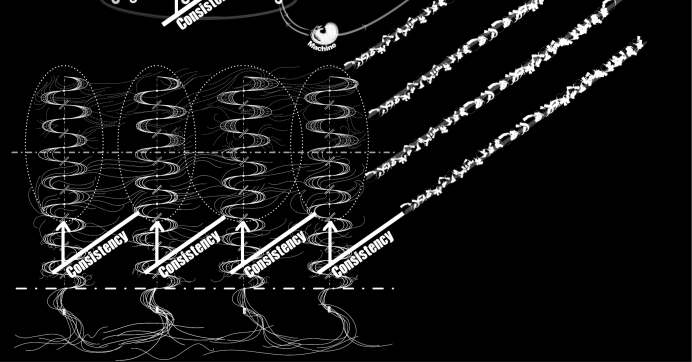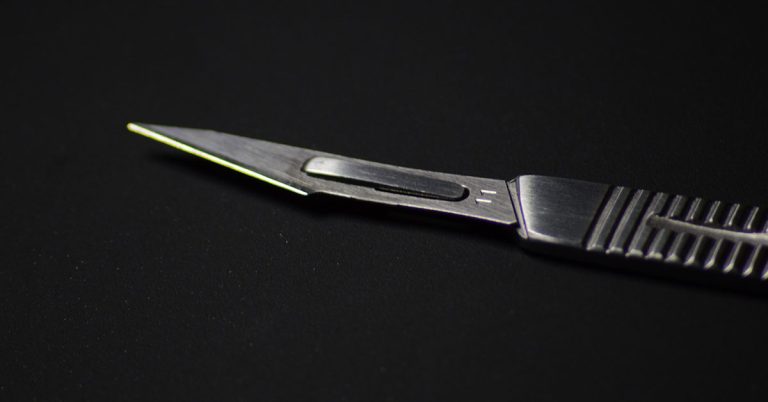
-
Updating Roman Jakobson’s ‘Poetic Function’ with Vector Semantics
Read more: Updating Roman Jakobson’s ‘Poetic Function’ with Vector SemanticsKurzynski discusses how poetry extends beyond sound and rhythm and taps into a deeper network of meanings.


Kurzynski discusses how poetry extends beyond sound and rhythm and taps into a deeper network of meanings.

Kuniichi Uno explores Deleuze's views on thinking, desire and recurring motifs in his works.

Totemic ancestral connections to land in Warlpiri and other Indigenous Australian cultures are lines of becomings resonating with some concepts proposed by philosophers Deleuze and Guattari.

Paul Patton delves into Deleuze and Guattari's 'A Thousand Plateaus' and explores how concepts like rhizomes challenge traditional philosophical hierarchies.

Abrahams argues 'assemblage' must stem from careful and often diagrammatic readings of Deleuze and Guattari.

Brian Massumi provides a reflection on how Deleuze’s philosophy transformed his way of thinking and created a lasting influence.

Charles J. Stivale recounts his journey with the works of Deleuze and Guattari, tracing how their ideas shaped his academic practice and translation efforts.

Jared C. Bly and Ryan J. Johnson map the journey towards their translation of Émile Bréhier's classic essay

For Ronald Bogue, A Thousand Plateaus is Gilles Deleuze's finest piece of work. In this blog, he explains why it's one-of-a-kind.

Peter Pál Pelbart reflects on his journey towards the philosophy of Gilles Deleuze, which began 40 years ago with a copy of Anti-Oedipus.